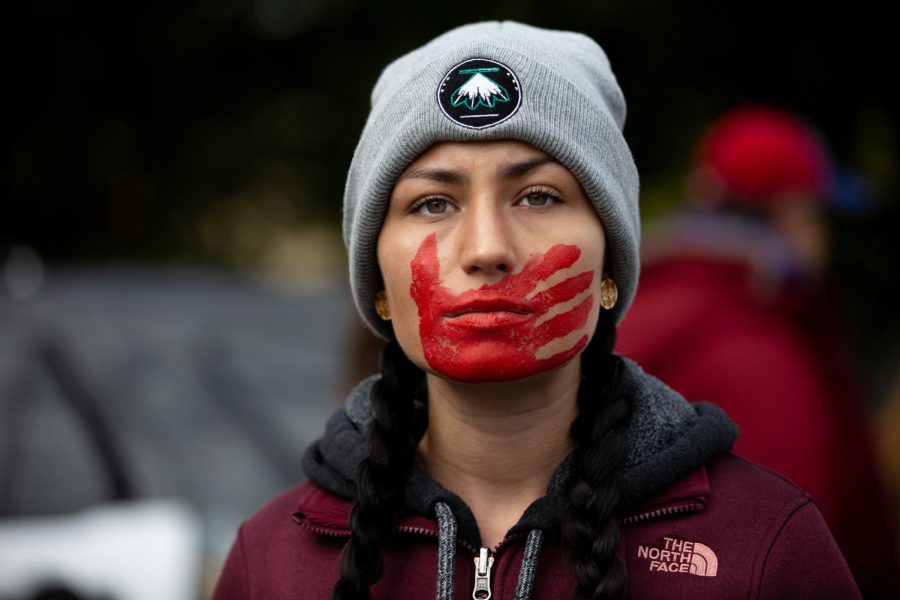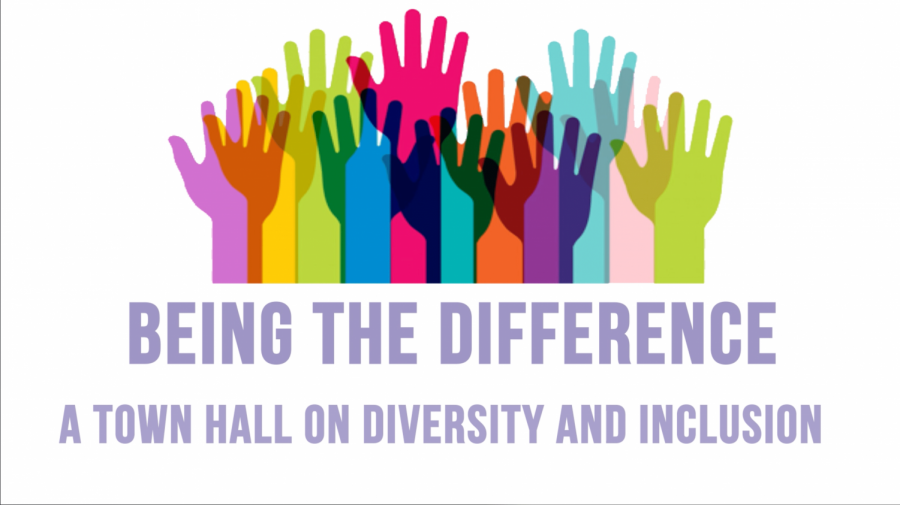All over the world food prices are rising astronomically, but the Native community is grappling with disproportionately high prices in the United States and Canada. The grocery industry and the government need to do better and ensure that Native communities can access healthy food at a reasonable price.
One in four Native Americans experiences food insecurity as opposed to one in nine Americans overall. Many counties with a majority Native population are also considered high food insecurity counties. Menominee County, Wisconsin has the highest food insecurity rate among children in America at 34.4%.
Food insecurity means that households don’t have enough to eat, particularly healthy and nutricious foods. It is based on the ability to access sufficient and adequate food.
Food insecurity in Native communities is caused by several things, like high unemployment and poverty rates but by far the largest barrier to food security is lack of access. Many Natives who live on tribal lands are very far from full-service grocery stores. Reservations have a low density of grocery stores compared to other parts of the U.S. The largest reservation in the U.S. could cover Massachusetts, New Hampshire and Vermont yet only has 13 grocery stores total while the city of Boston alone has over 40. But lack of access is just one part of the problem.
Food on reservations almost always costs more than off reservations. On average, a loaf of bread costs 66 cents more, a pound of apples costs 84 cents more and a pound of tomatoes 63 cents more on reservations compared to the rest of the nation.
Shina Novalinga, an Inuk woman, posted a TikTok drawing attention to the issue. In it she showed the astronomical prices in a reservation grocery store with grapes costing $28 and ketchup costing $16.
This issue can’t be spoken about without bringing up the historical oppression of Indigenous peoples.
Many Native Americans now have very little access to traditional foods as a result of colonization. A study from the Food Research & Action Center says that the current state of food insecurity in these communities is a direct result of structural racism and negative impact on traditional food ways.
COVID-19 only exacerbated the issue. The pandemic was disproportionately more severe on natives with higher infection and death rates. It shined a light on consistent issues regarding federal systems meant to combat food insecurity.
Indigenous communities are calling for food sovereignty. Currently laws restrict and prohibit natives from hunting outside of their lands. Many Native people residing on reservations want to increase the access and use of traditional foods and cultivate self–reliance when it comes to food according to University of California Berkeley.
In order to obtain food sovereignty people must first be aware of what it is and why it’s important. In one of the richest nations in the world, no one should have to go hungry because of a lack of access.
This column was written by Kirsten Lyons. She can be reached at kirsten.lyons@marquette.edu.







